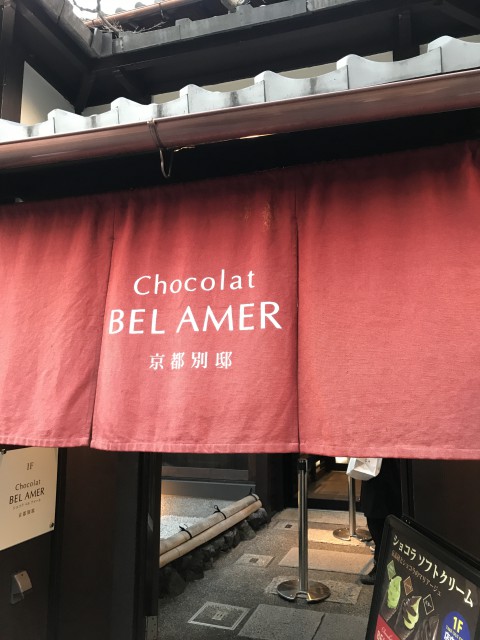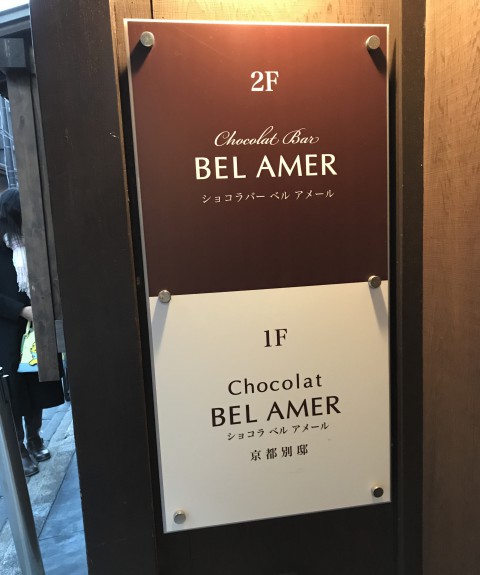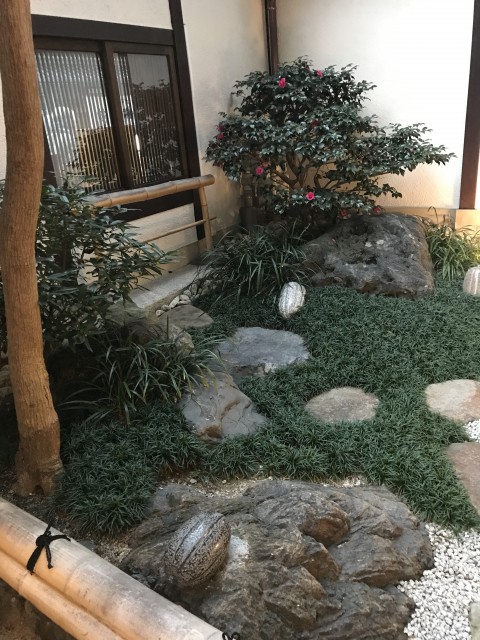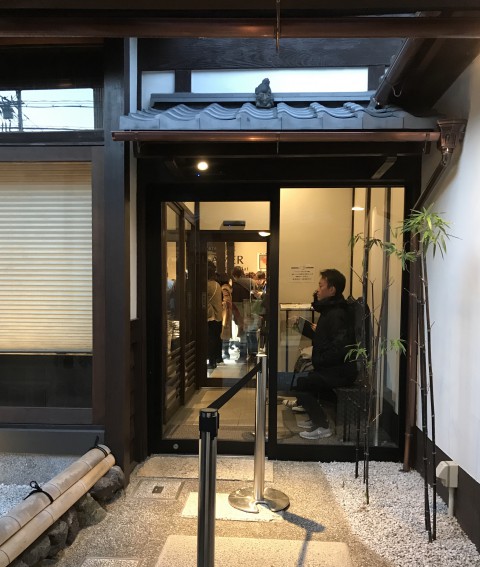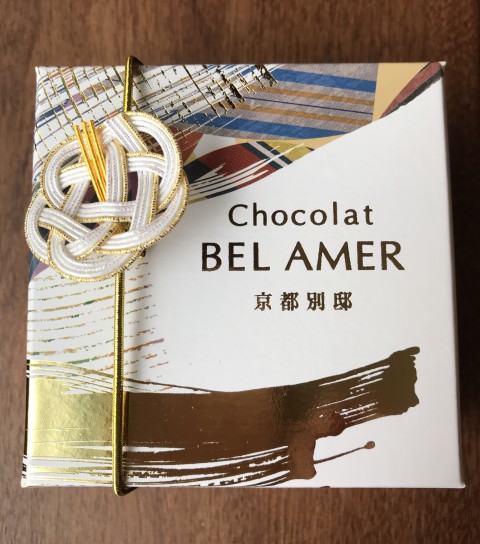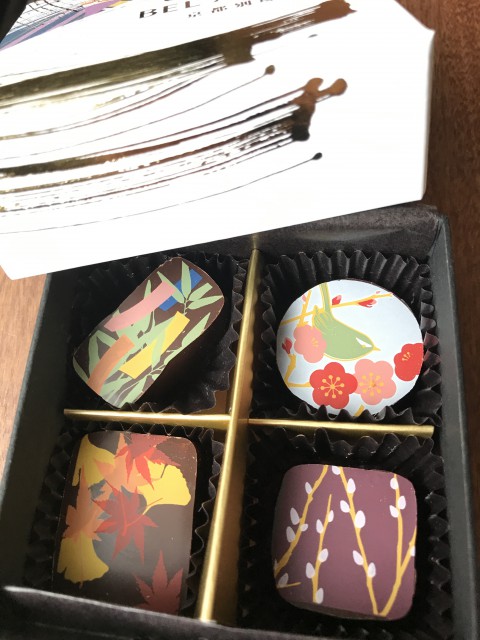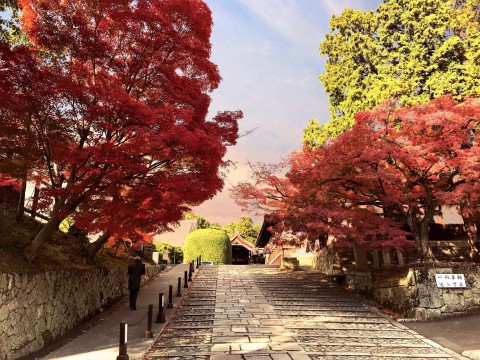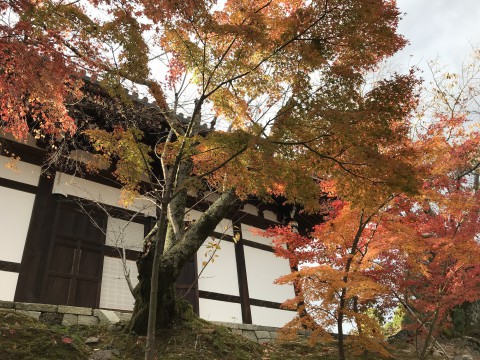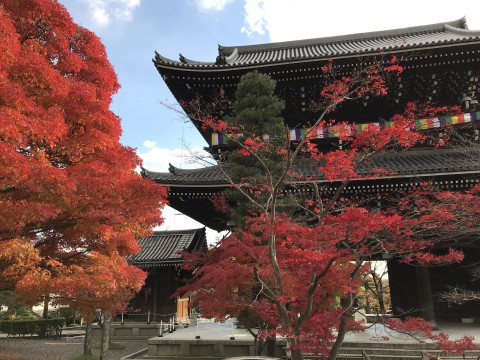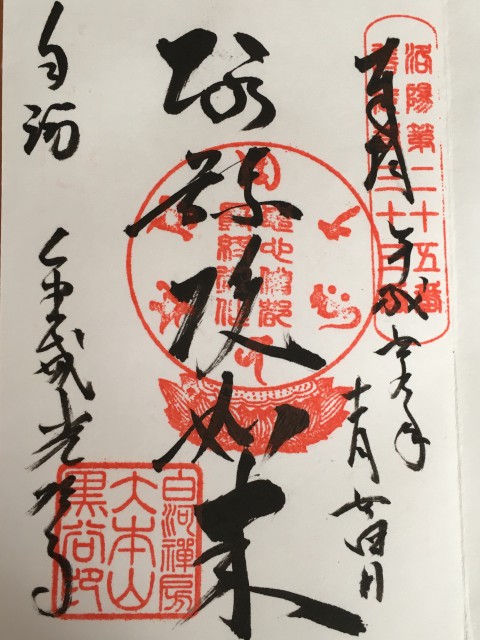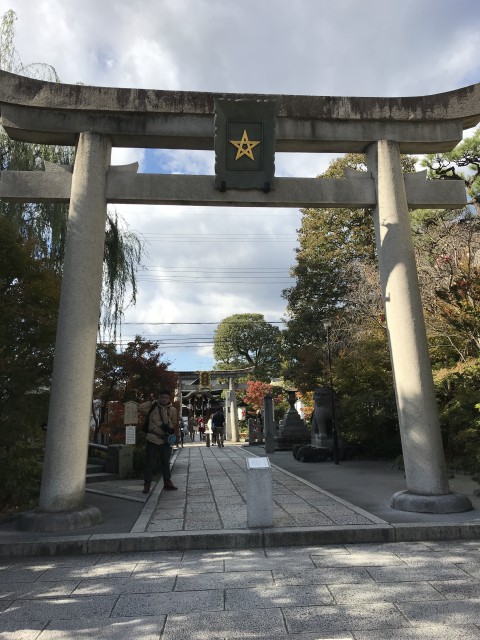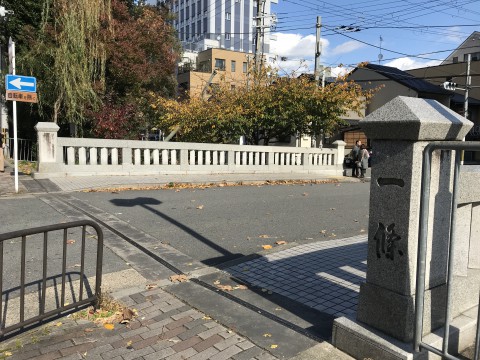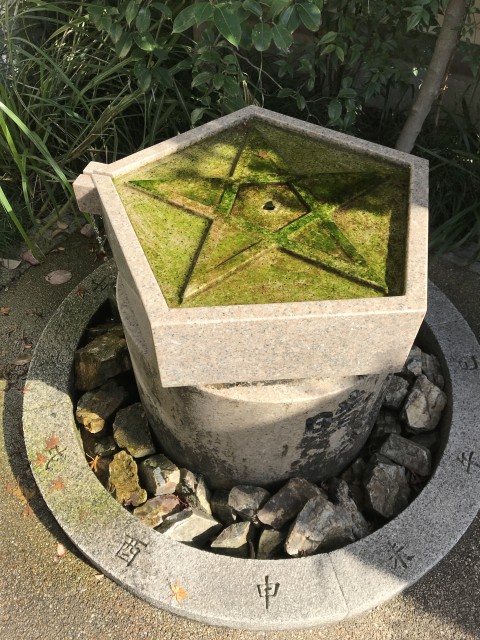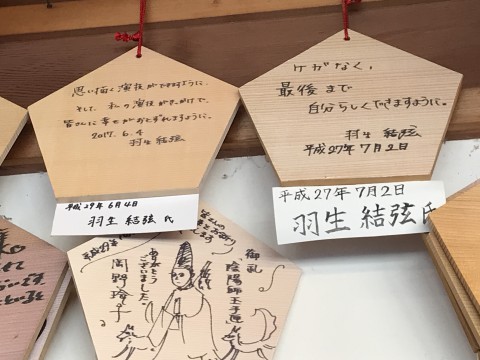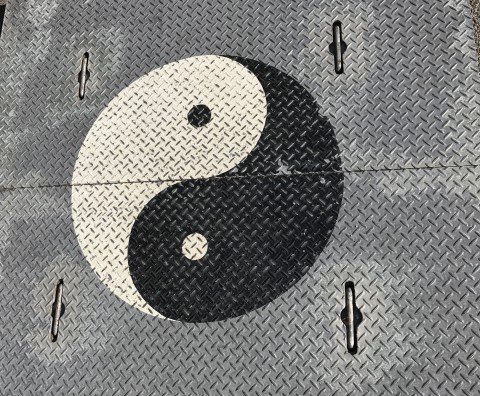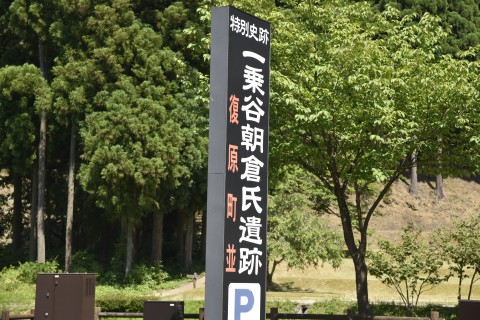
As I have introduced in our previous blog, I had the opportunity to join a tour visiting Ichijodani Asakura Clan Ruins in June 2017. I went with the president of the Hotel Riverge Akebono, Mr. Shimizu, the intern of the hotel, Ms. Julia Coslian, the manager of Fukui City Hospitality and Tourism Promotion Office, Mr. Takama and his staff member, Mr. Juancho Santamaria.
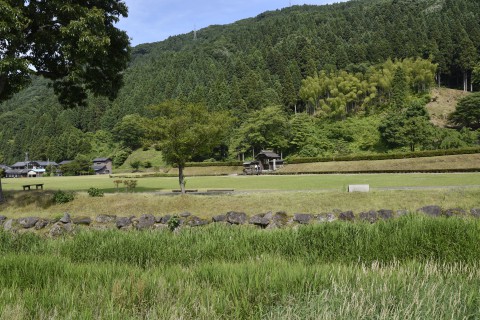
The tour spots information of ”Fukui Tour Guides Association (http://fukuitourguides.org/en/english-tourist-spots/ichijodani/)” as follows:
Ichijodani is located approximately 10km southeast from Fukui Station. The Warring State-era warlords, the Asakura clan, ruled this area from 1471 to 1574. The ruins of their castle town can still be seen today. In 1971, 278ha including Ichijodani castle was specified for the special historic site of the country. In 1991, the garden of Suwa Mansion ruins, the garden of Yudono ruins, the garden of Asakura Mansion ruins, and the garden of Nanyoji ruins were designated as a special place of scenic beauty. In 2007, 2343 relics excavated from the Asakura clans ruins were designated as important cultural properties.
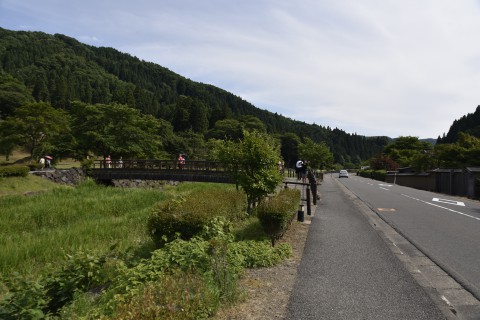
Ichijodani Asakura Clans Ruins is located in an area that is rich in nature. I think the nature there is one of the attractive parts for its popularity.
As you might have read in our previous blogs that we enjoyed having lunch at the Japanese traditional tempura restaurant, and learning about the Ichijodani Asakura Clan Ruins and Japnaese history in the restored townscape.
Julia experienced Kimono Dressing and she said that she felt as if she had stepped back in time to a Warring States Period.
How Mr. Shimizu, Mr. Takama and the guide told us about the stories of Japanese histories were fascinating and enjoyable. I enjoyed listening to them with Julia.

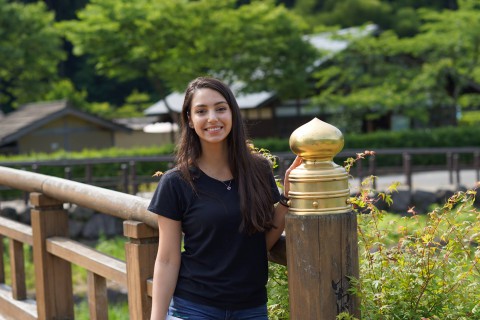
After walking in the restored townscape, we crossed Suwayakata bridge which is located in front of the restored townscape.
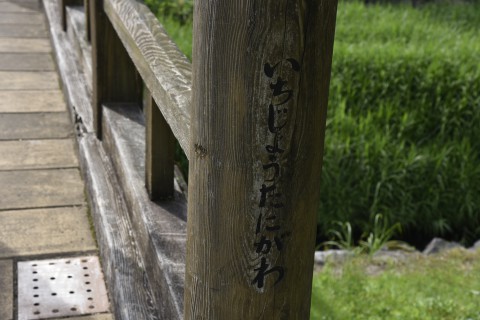
The river running under the bridge is the upstream of Ichijodani river.
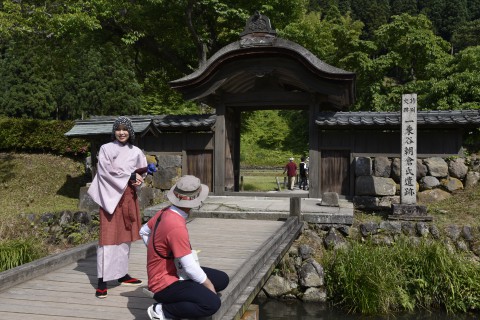
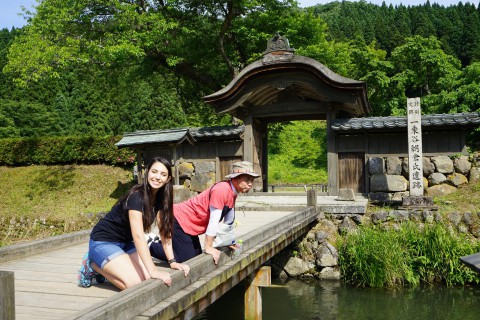
When they were looking into another stream in front of Karamon gate…

There were beautiful carps and some turtles swimming.
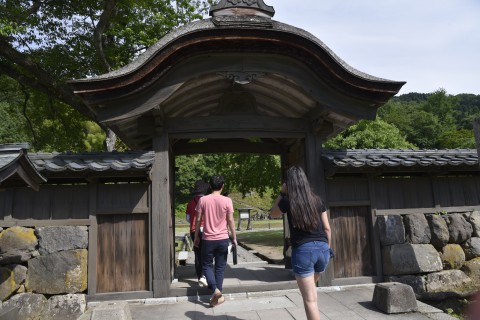
As we were about to walk through the gate and step into the gardens…
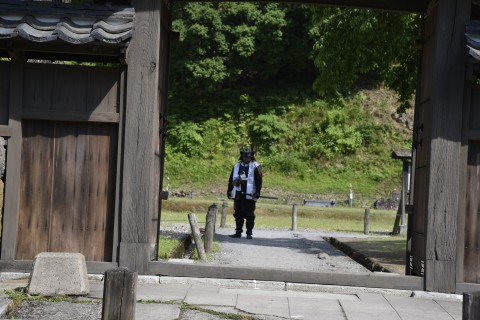
we saw a man with a distinguished figure in the armor.
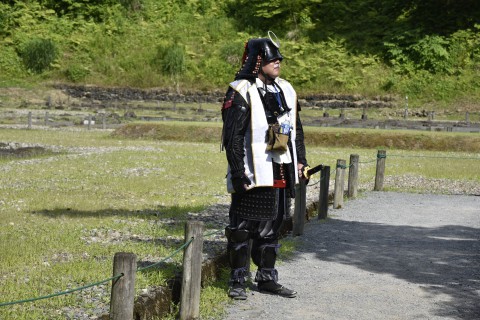
Is he a real warrior?
We decided to go up to him and talk to him.
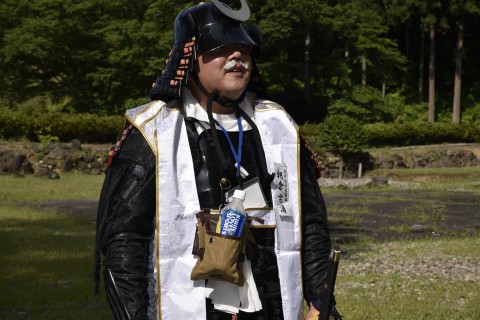
As soon as we started talking to him, we realized that he is a friendly person.
He told us that he is originally from Osaka and he is volunteering at Ichijodani Asakura Clans Ruins because he fell in love with Ichijodani Asakura Clans Ruins. He said that “when I visited here for the first time, even it was my first time being here, I felt that I had been here before. It was very strange feeling but good feeling. It was very nostalgic, comforting and/or soothing feeling. Therefore I decided to move to Fukui. “
Some friends of mine fell in love with Ichijodani Asakura Clans Ruins as well. Whenever they visit Fukui, they always visit Ichijodani Asakura Clans Ruins. There is something about this place that attract people strongly.
Some friends of mine fell in love with Ichijodani Asakura Clans Ruins as well. Whenever they visit Fukui, they always visit Ichijodani Asakura Clans Ruins. There is something about this place that attract people strongly.
Some friends of mine fell in love with Ichijodani Asakura Clans Ruins as well. Whenever they visit Fukui, they always visit Ichijodani Asakura Clans Ruins. There is something about this place that attract people strongly.
T.F
Please enjoy our previous blogs as well.
Spreading the Charms of Fukui to the World! -Visiting Ichijodani Asakura Clan Ruins Part 1-
Spreading the Charms of Fukui to the World! -Visiting Ichijodani Asakura Clan Ruins Part 2-
Spreading the Charms of Fukui to the World! -Visiting Ichijodani Asakura Clan Ruins Part 3-
Spreading the Charms of Fukui to the World! -Visiting Ichijodani Asakura Clan Ruins Part 4-
Spreading the Charms of Fukui to the World! -Visiting Ichijodani Asakura Clan Ruins Part 5-
Spreading the Charms of Fukui to the World! -Visiting Ichijodani Asakura Clan Ruins Part 6-
You can see some tourist attractions and the directions to these places from the webpage, "Hotel Reiverge Akebono, Tourist attractions around our hotel".
Made by Julia during her internship, this webpage has directions that are easy to follow.
She researched these tourist attractions, before visiting them and experiencing
the charms of Fukui herself. As I mentioned in our previous blog, it can be difficult for tourists
to get to some great places in Fukui, so this map that Julia made will help you
get around easier.
There is also a Japanese version of this webpage(only available in Japanese).
However, some of the places which are introduced on the Japanese webpage
are different to the English version that Julia made.
